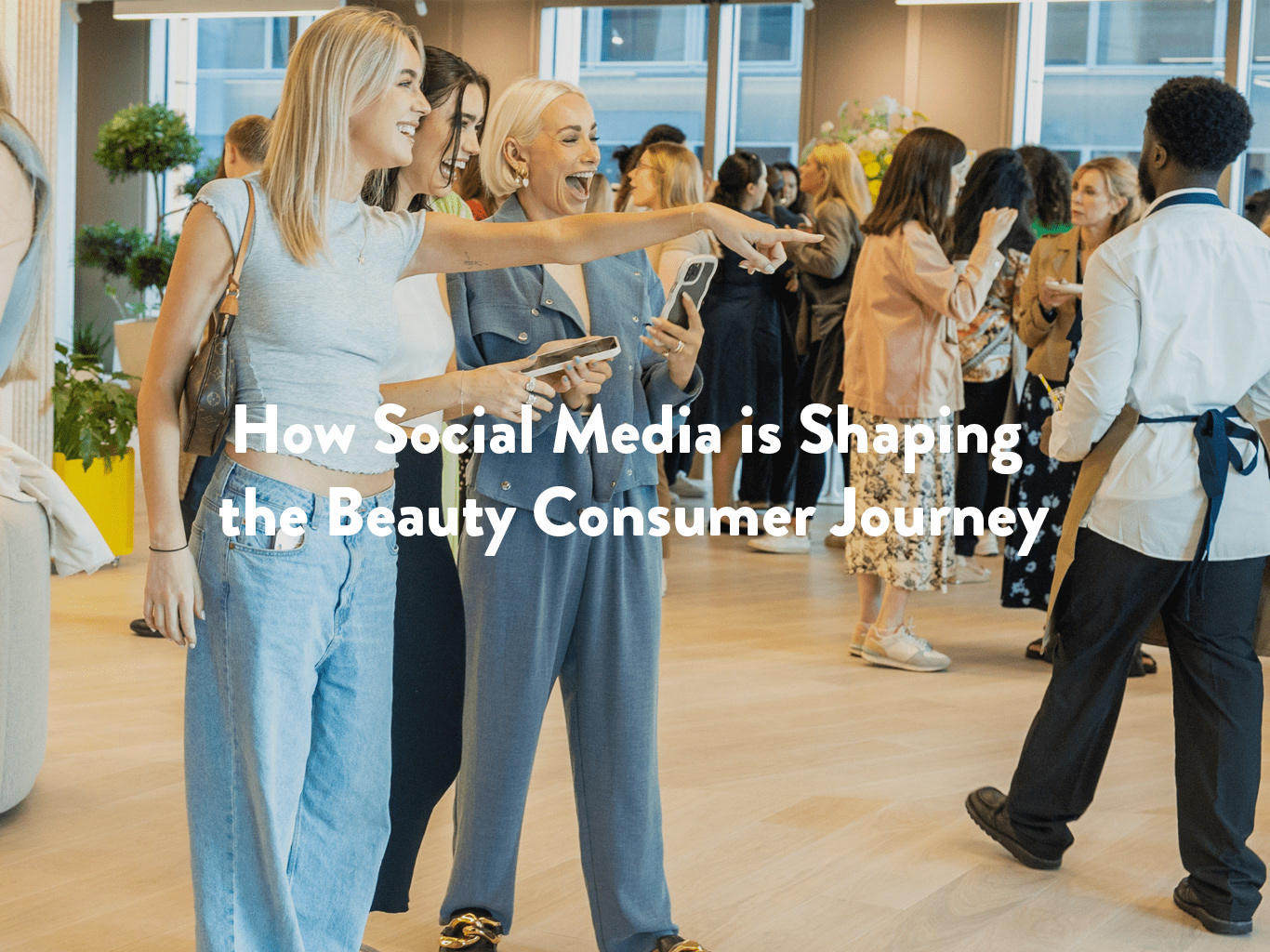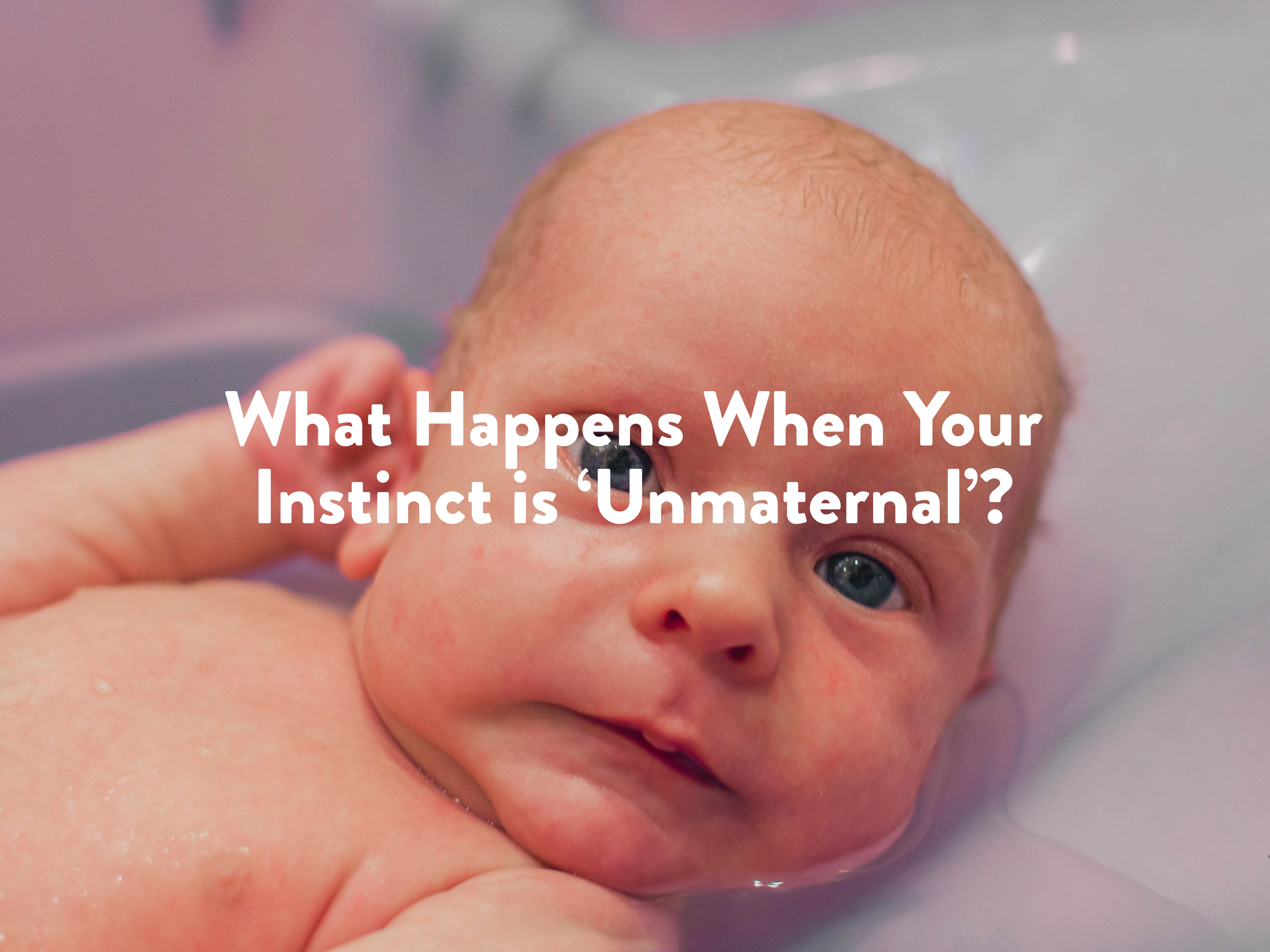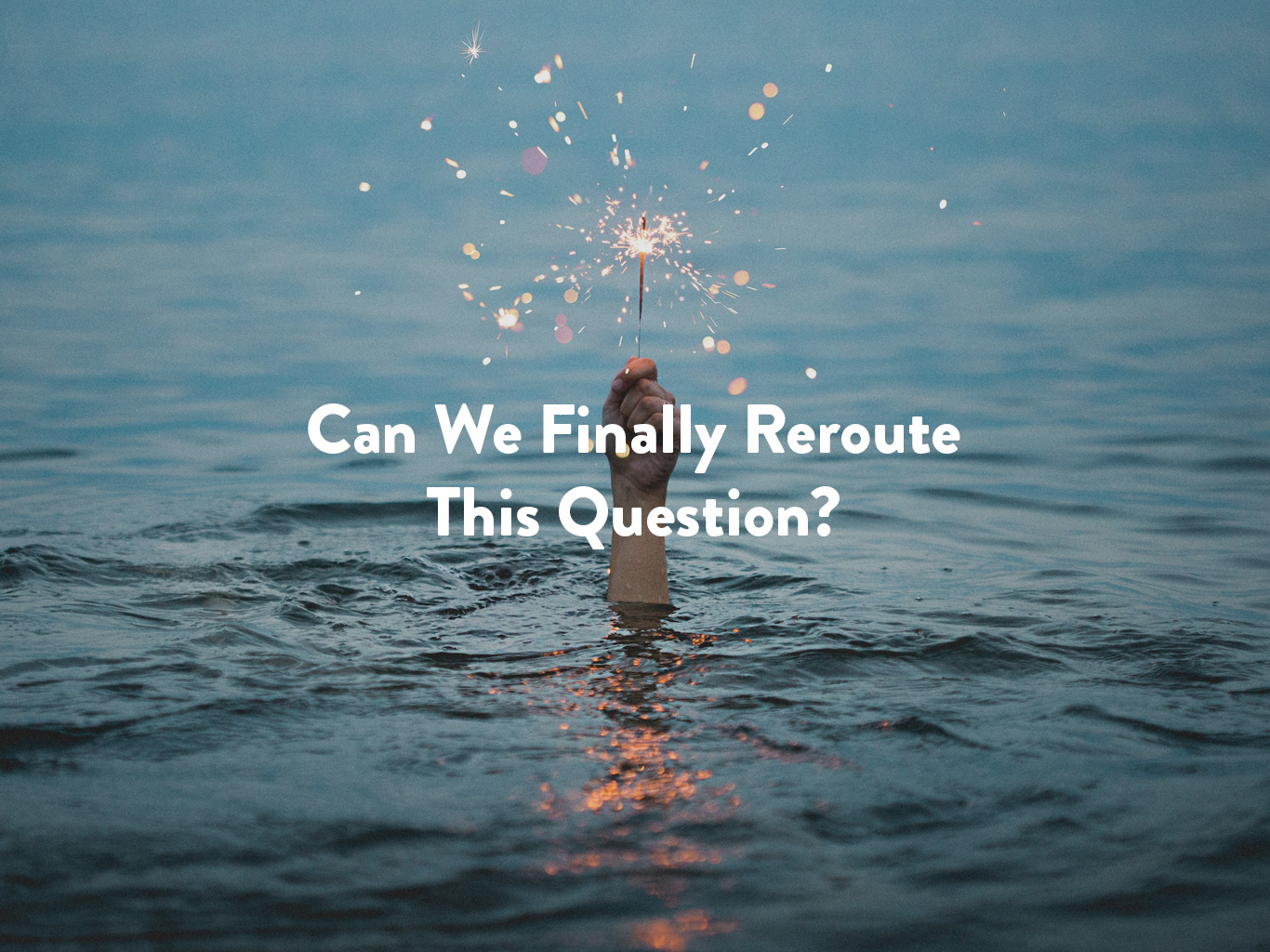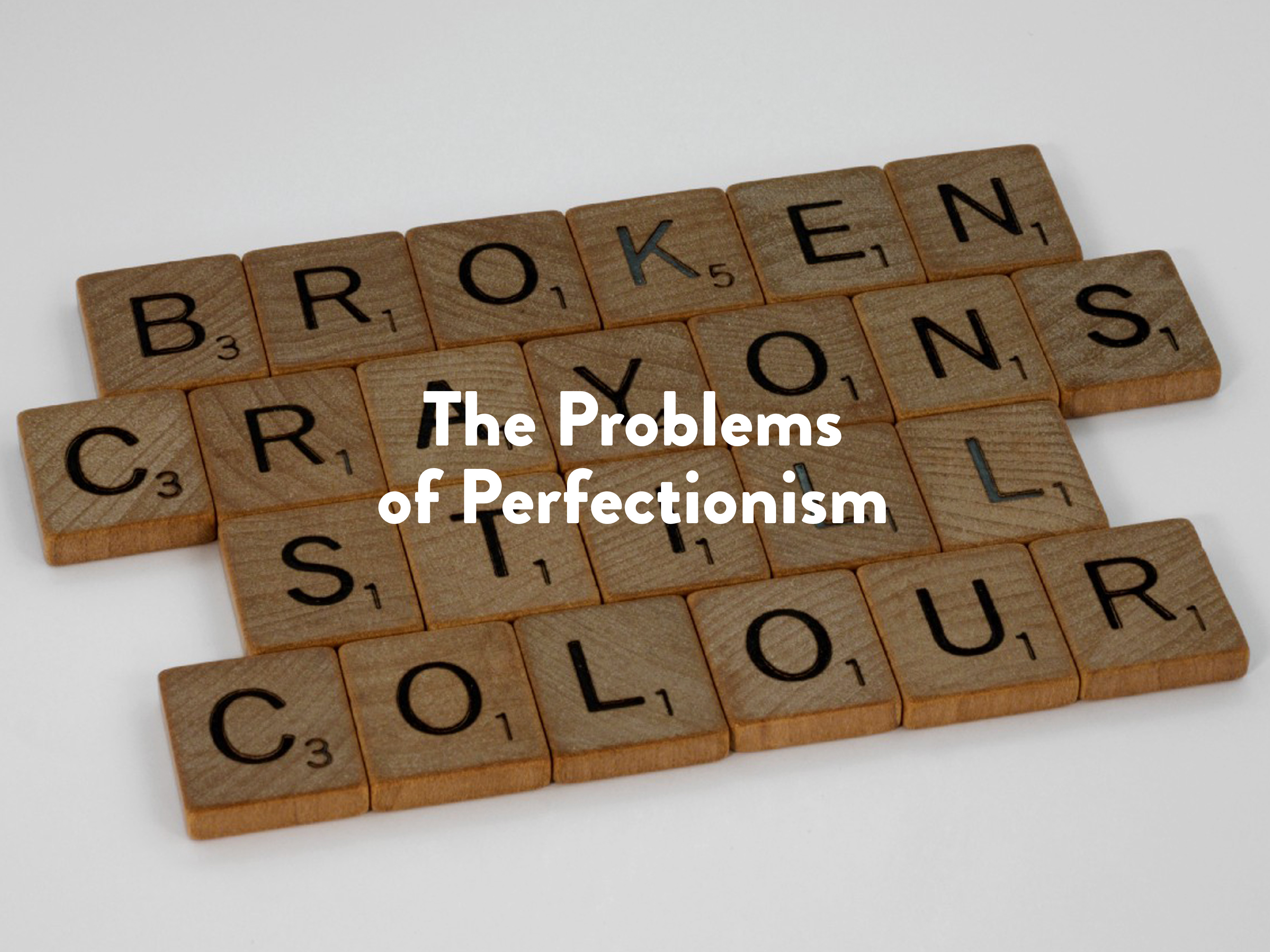According to the Value of Beauty 2023, the portion of beauty sales driven by e-commerce reached a 40% peak in 2022, a 12% increase on 2019. Now, online sales across the whole economy are returning to their pre-Covid trend.
So, how can brands continue to cultivate market growth online?
It is estimated that more than 50% of beauty sales will come from e-commerce in the next four years (valued at £285bn or $305.2bn). Central to this is the rise of direct-to-consumer (DTC) beauty brands which are benefitting from greater flexibility, strength and dexterity to meet customers’ expectations [Beauty Pie Beauty Futures 2025 white paper].
So, how can brands continue to cultivate market growth online?
It is estimated that more than 50% of beauty sales will come from e-commerce in the next four years (valued at £285bn or $305.2bn). Central to this is the rise of direct-to-consumer (DTC) beauty brands which are benefitting from greater flexibility, strength and dexterity to meet customers’ expectations [Beauty Pie Beauty Futures 2025 white paper].
However, the boom in growth experienced during the pandemic is unlikely to be seen again with global e-commerce growth rates now in single figures and total global retail sales growth only expected to hit just beneath 4% in 2023 [Insider Intelligence Global Retail Ecommerce Forecast 2023].
Here, we explore the e-com trends that will take online retailing to new heights.
Breaking the Scent Barrier
Breaking the Scent Barrier
Conveying the perception of scent digitally has long been an issue, but beauty innovators including L’Oréal have been introducing auditory web technology to help capture the impression of perfume with infrared sound, having launched the world’s first ever digital fragrance sample for Viktor&Rolf. Further, the brand’s latest fragrance headset for Yves Saint Laurent is designed to help customers find their perfect scent by assessing emotional response to varying scents to create personalised fragrance recommendations.
Playing the Game
According to Euromonitor’s Voice of the Consumer: Digital Survey, 75% of digital shoppers abandoned an online purchase in 2022. With consumers deserting purchases due to payment, technical or shipping challenges, online brands are turning to gaming to drive growth.
Brands such as e.l.f with its Beauty Squad initiative and retailers like Harrods with its MyBeauty loyalty system are now borrowing strategies from the gaming world, engaging competition mechanics and rewards to inspire app activity and shift consumer behaviours.
Businesses are also incorporating these components to gather valuable first-party data which has become notoriously challenging in light of heightened privacy measures. The shift also comes in the wake of heightened consumer demand for gamification owing to social apps like TikTok creating appetite for entertainment.
Digital Tinkering & Tailoring
47% of digital consumers now expect greater personalisation as a result of providing their personal data [Euromonitor International]. AI and AR technologies are enabling beauty brands and retailers to personalise and customise products, and even enrich personal shopping experiences.
This has been witnessed with the likes of L’Oréal’s handheld HAPTA smart makeup applicator, enabling controlled lipstick application for people with limited hand and arm mobility, and its other prototype, Brow Magic designed for eyebrow cosmetic application. While in the US, Revieve has partnered with department store chain, JC Penney to launch AR-powered virtual try-on technology and its AI Skincare Advisor in stores.







